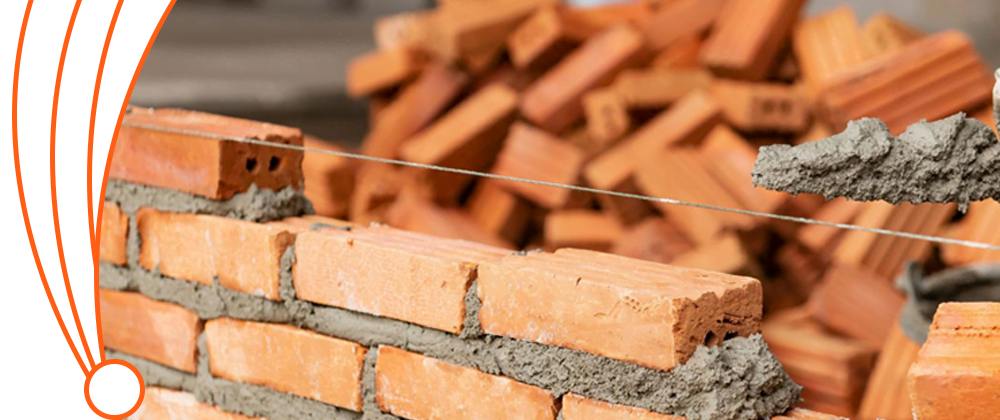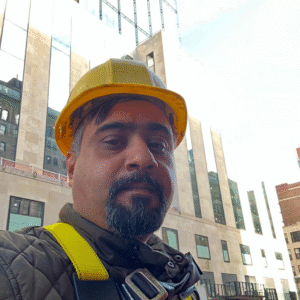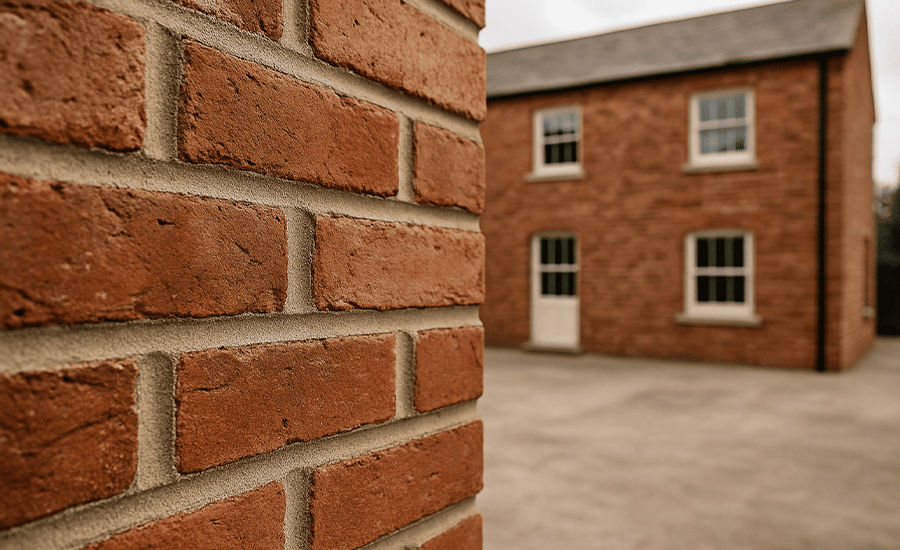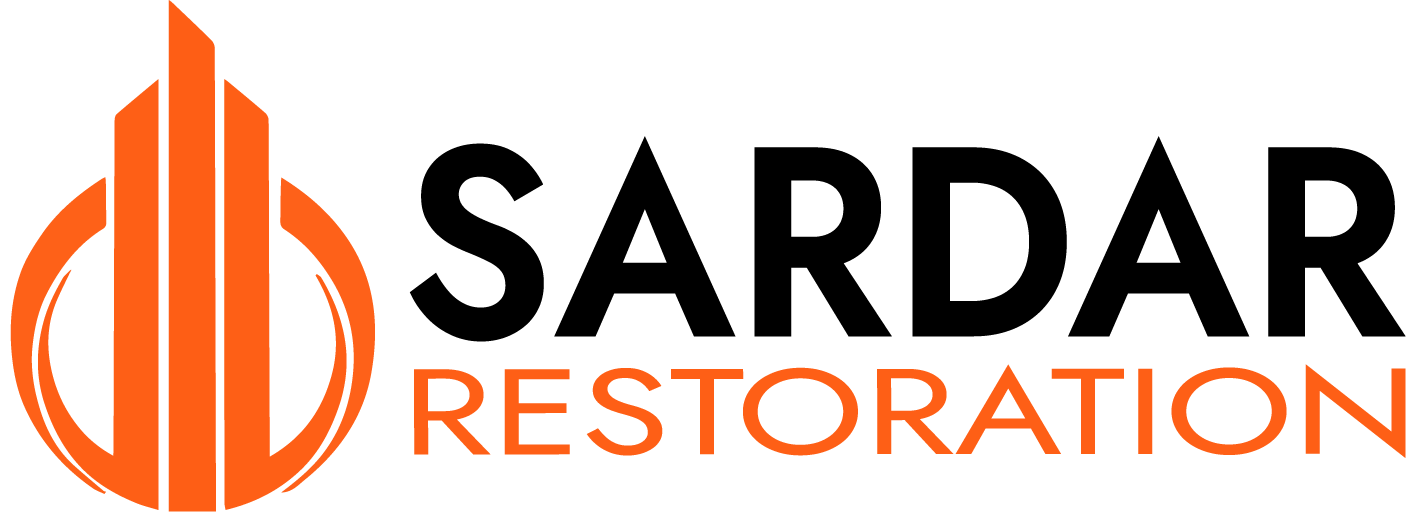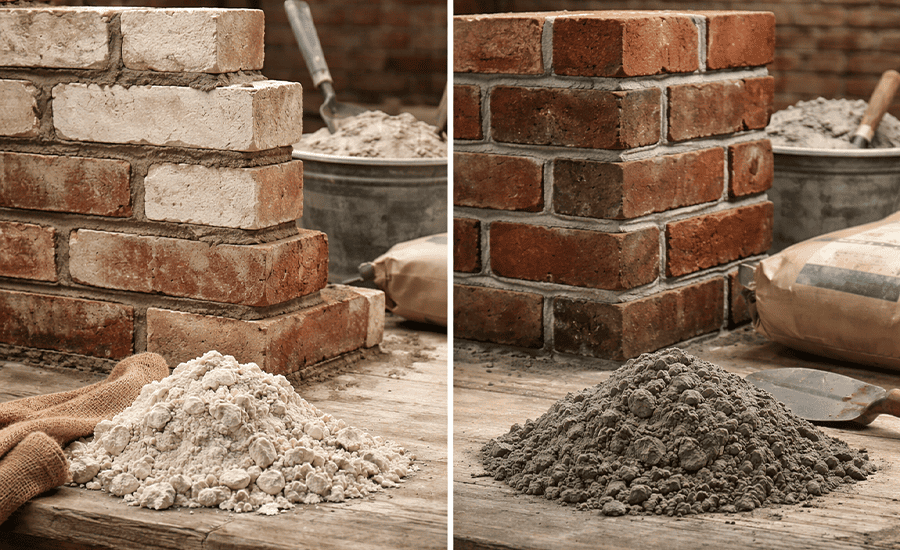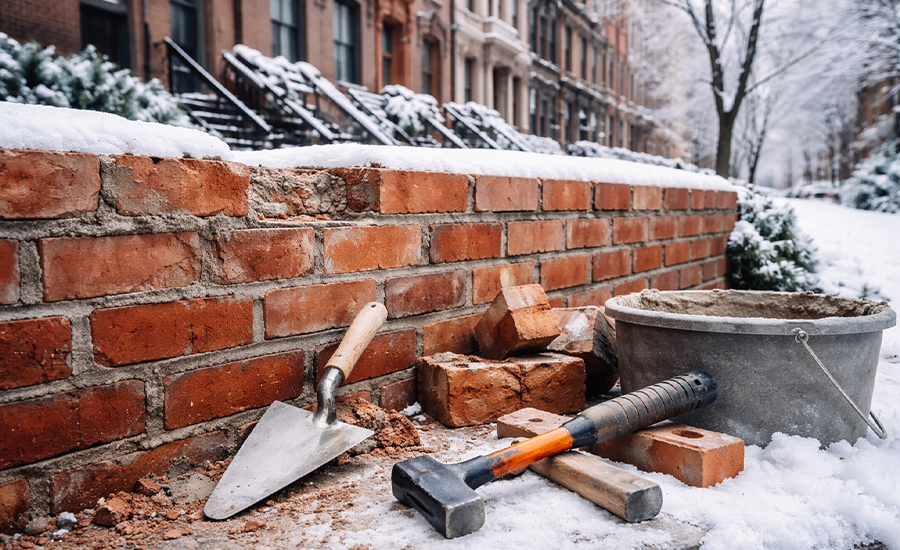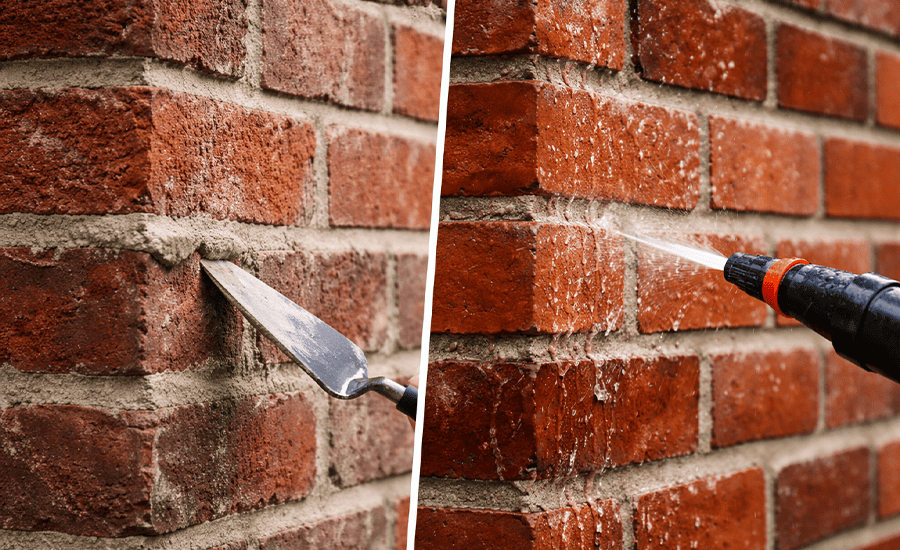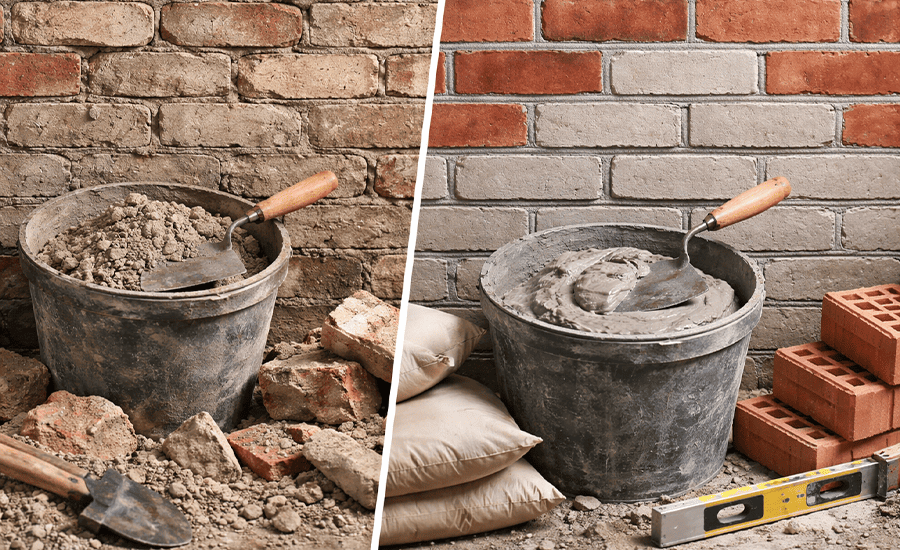When it comes to masonry work, the only thing that comes to our mind is durability and structural strength. It’s very important to use the premium quality brick and stones, which not only align with visual aesthetics but also with their strength and integrity. There are several types of pointing, but keyed pointing always outshines for its functionality and performance. Keyed pointing is a one-time investment that does not require frequent Masonry repairs. Due to its structural profile, it’s beneficial in water prevention and keeps the mortar joint intact, resulting in greater energy efficiency.
In this blog, let’s explore how key pointing strengthens the mortar, its benefits, and its helpful guidelines.
What is Keyed Pointing?
Keyed pointing is a finishing technique used in brickwork or stone masonry where the mortar joint is pressed and shaped using a curved tool, known as a keying tool or joiner. The result is a concave or grooved surface that not only looks neat but also compresses the mortar for increased density and bonding.
For practical insights, also see when is keyed pointing most commonly used? to understand where this technique fits best.
Significance of Keyed Pointing in Improving Mortar Strength In Masonry
Mortar plays a critical role in holding masonry units together. If the mortar is weak, the structure becomes vulnerable to moisture damage, frost cycles, and structural instability. The Strengthen mortar helps in:
- Distributing loads evenly.
- Preventing water ingress.
- Resisting cracking under structural and environmental stresses.
- Extending the overall life of the masonry.
Structural Advantages of Keyed Pointing that Enhance the Resilience
Keyed pointing has a list of benefits when it comes to structural soundness and visual appeal. The following are some of them:
Maximize Joint Consolidation
When the curved keying tool presses into the mortar joint, it compacts the material tightly against the masonry units.
Why this matters:
- Compaction eliminates voids and air pockets, which are weak points where cracks can develop.
- Dense mortar has greater compressive strength, meaning it can withstand more load without crumbling.
Improve Joint-to-unit grip
The keying process pushes the mortar deeper into contact with the brick or stone surfaces.
Benefits:
- Improves adhesion between the mortar and masonry.
- Reduces the likelihood of mortar detachment during thermal expansion, contraction, or vibration.
Improved Environmental Durability
The concave profile formed in keyed pointing is highly effective in shedding water. Unlike flush or recessed pointing, which can allow water to linger, the groove directs rainwater away.
Impact on Strength:
- Reduced water penetration prevents mortar softening.
- Less moisture inside the joint means a lower risk of freeze-thaw damage in colder climates.
Water protection is a recurring theme across pointing styles; compare it with struck pointing water drainage for related benefits.
Reduce Stress Cracking
Mortar naturally shrinks as it cures. Without proper finishing, shrinkage can cause fine cracks that weaken joints. The compaction in keyed pointing:
- Minimizes shrinkage voids.
- Creates a denser, more uniform curing process.
- Reduces crack formation, which preserves joint integrity.
Enduring Construction Stability
Since keyed pointing provides a dense, well-bonded, and weather-resistant mortar joint, it maintains its load-bearing capacity for much longer than less-compacted pointing styles. This results in:
- Less frequent maintenance or repointing.
- Consistent performance over decades.
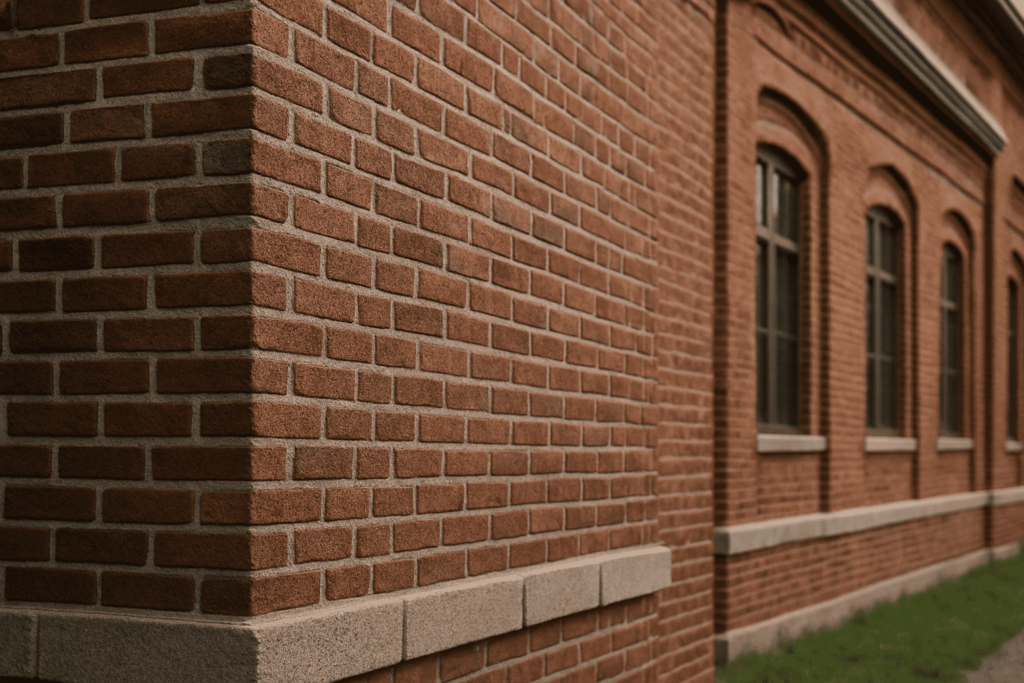
Guidelines For Optimal Strength with Keyed Pointing
Here are some of the proven and recommended methods to achieve peak joint strength and optimal strength:
Opt for High-Grade Mortar Mixes
- A proper ratio of cement, lime, and sand ensures strength and flexibility.
- Avoid overly rich mixes, which can become brittle.
Ensure Precise Joint Preparation
- Remove all loose or deteriorated mortar to a depth of at least 12–20 mm before repointing.
- Clean dust and debris for better adhesion.
Multi-Stage Filling Technique
- For deep joints, fill in two layers, allowing the first to firm up slightly before applying the second.
Use Adequate Pressure and the right Packing Tools
- Use a jointer that matches the joint size.
- Press firmly for full compaction without damaging masonry edges.
Let it cure at an optimal temperature
- Keep joints slightly damp for the first 48–72 hours to allow even curing and prevent premature drying.
Conclusion
In conclusion, keyed pointing is more than just an attractive finish for brickwork; it’s a proven method for significantly improving mortar strength. By compacting the mortar, enhancing its bond with masonry units, and protecting it from moisture damage, keyed pointing contributes to the long-term stability and durability of any structure.
Sardar Restoration Corp. proudly serves every corner of NYC, including the Bronx, Manhattan, Brooklyn, Westchester, and Queens. Our services are designed to meet your needs, providing top-quality solutions wherever you are. Check our service areas to see how we can assist you in your location.
Contact us today at (+1) 917-355-8556 or sardarrestoration@gmail.com, or visit us at 2770 Fish Ave, Bronx, NY 10469, United States.
FAQs
Do you prefer keyboard pointing for all types of mortar?
Yes! Sardar Restoration Corp. prefers keyed pointing services for all types of mortar, but it’s important that the mix suits the masonry type. Lime-based mortar works best for heritage structures, while cement-based mortar is ideal for modern builds.
How long does key pointing last?
If the keyed pointing is done with quality materials and proper application, it can last 20–30 years before needing significant repairs.
Does key pointing help with insulation?
Yes! Keyed pointing can tightly pack the joints, which lowers drafts and water penetration, helping to maintain internal temperatures and providing insulation.
Do you offer key pointing services for both residential and commercial properties?
It’s possible for small areas, but professional expertise ensures consistent compaction, correct profile, and long-lasting results.
